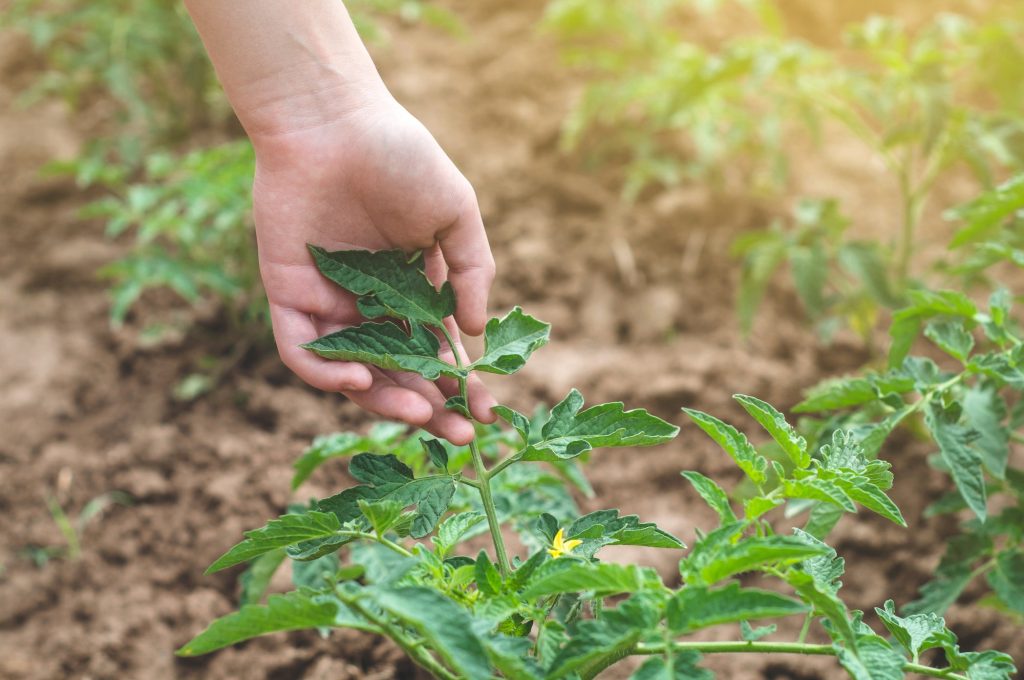Creating a garden that supports a diverse range of plants and wildlife can be a rewarding and fulfilling experience for you and the environment. By adding biodiversity to your garden, you can create a thriving ecosystem that supports a variety of species and helps to promote a healthy, sustainable environment.

Benefits of Biodiverse Gardens
Biodiverse gardens offer many benefits, including:
- Increased pollination: A diverse range of plants attracts a broader range of pollinators, including bees, butterflies, and moths, which can help to improve the overall health of your garden.
- Improved soil quality: A biodiverse garden can help enhance soil quality by reducing soil erosion, increasing soil fertility, and improving soil structure.
- Reduced pest and disease problems: A diverse range of plants can help to reduce the risk of pest and disease problems, as pests and diseases are less likely to spread through a diverse range of plants.
- Increased wildlife: A biodiverse garden can provide a habitat for a variety of wildlife, including birds, insects, and mammals, which can help to create a more balanced and healthy ecosystem.
Creating a Biodiverse Garden
Creating a biodiverse garden is easy and can be achieved by following a few simple steps:
- Choose a variety of plants: When selecting plants for your garden, choose various species and varieties that will provide food and habitat for diverse wildlife.
- Provide shelter: Create shelter for wildlife by planting a mix of shrubs, trees, and perennials to provide food and habitat for various species.
- Incorporate water: Incorporate a water feature, such as a pond or bird bath, into your garden to provide a water source for wildlife.
- Encourage natural processes: Encourage biological processes, such as decomposition and soil formation, by leaving fallen leaves and other organic matter in your garden.
- Minimize the use of chemicals: Minimize the use of chemicals, such as pesticides and fertilizers, in your garden to reduce the risk of harm to wildlife and the environment.
Supporting Biodiversity in Your Garden
In addition to creating a biodiverse garden, there are many other ways to support biodiversity in your garden, including:
- Providing food: Feed wildlife by planting various nectar-rich flowers, shrubs, and trees that will attract pollinators and other wildlife.
- Providing nesting sites: Provide nesting sites for birds and other wildlife by installing bird boxes and other nesting structures in your garden.
- Reducing light pollution: Reduce light pollution by installing low-level lighting in your garden and avoiding using bright lights that can disturb wildlife.
- Reducing noise pollution: Avoid loud noises in your garden, such as leaf blowers and loud music.
Conclusion
By adding biodiversity to your garden, you can create a thriving ecosystem that supports a variety of species and helps to promote a healthy, sustainable environment. Whether you’re a seasoned gardener or just starting out, creating a biodiverse garden is a rewarding and fulfilling experience that benefits you and the environment.
